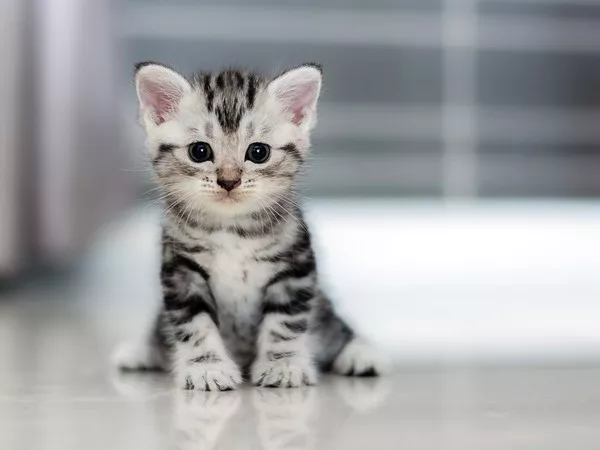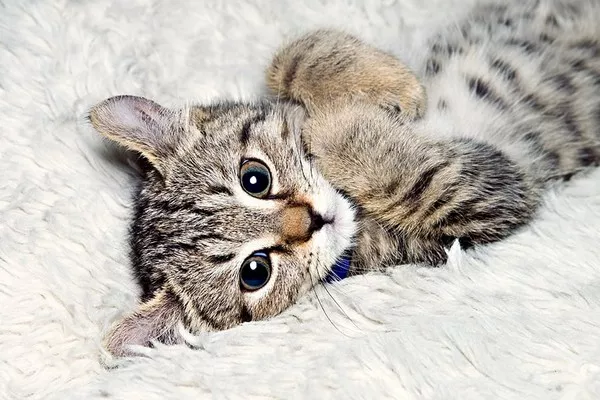The Egyptian Mau is renowned for its strikingly beautiful and distinctive coat pattern. Among cat enthusiasts and breeders, one of the most frequently asked questions is whether all Egyptian Maus have spots. This article delves into the genetics, variations, and standards of the Egyptian Mau’s coat, providing a comprehensive understanding of what makes this breed unique.
What Is Egyptian Mau?
Origin and History
The Egyptian Mau is one of the few naturally spotted breeds of domestic cats. Its origins can be traced back to ancient Egypt, where depictions of spotted cats appear in artworks dating over 3,000 years. These cats were revered and often linked to the goddess Bastet, symbolizing grace and beauty.
Physical Characteristics
Aside from their coat, Egyptian Maus are known for their muscular build, expressive eyes, and agile movements. They possess a unique flap of skin extending from the flank to the back knee, contributing to their remarkable speed and agility.
The Genetics of Spotted Coats
Genetic Basis of Spotting
The spotted coat of the Egyptian Mau is a result of specific genetic traits. The primary gene responsible for this pattern is the “Taqpep” gene, which influences the distribution of pigment cells. Variations in this gene can lead to different coat patterns, including the characteristic spots of the Egyptian Mau.
Hereditary Patterns
Understanding the inheritance of the spotted pattern requires a grasp of basic feline genetics. The spotting pattern is typically inherited in a dominant manner, meaning a single copy of the gene can produce spots. However, the expression can be influenced by other modifying genes, leading to variations in the size, shape, and distribution of the spots.
See Also: Are Egyptian Mau Cats Good Pets?
Coat Variations Within the Breed
Standard Spotting Patterns
The breed standard for the Egyptian Mau, as recognized by cat fanciers’ associations, emphasizes the presence of distinct, randomly distributed spots across the body. These spots can vary in size and shape but should be evenly distributed and contrast well with the coat’s background color.
Non-standard Variations
Not all Egyptian Maus exhibit the perfect spotting pattern. Some cats might have less distinct spots, more stripe-like markings (especially on the legs and tail), or a combination of spots and stripes. While these cats may not meet the strict criteria for show standards, they are still considered purebred Egyptian Maus and can possess all other typical breed characteristics.
Influence of Background Color
The background color of the coat also plays a significant role in the visibility of the spots. Egyptian Maus come in several accepted colors, including silver, bronze, and smoke. Each color can affect the contrast and overall appearance of the spots, with silver often providing the most striking contrast.
Breeding Considerations
Selecting for Spots
Breeders aiming to produce Egyptian Maus with optimal spotting patterns must carefully select their breeding pairs. This involves understanding the genetic backgrounds of their cats and selecting those that exhibit the desired traits. Breeding strategies often involve both phenotype (visible traits) and genotype (genetic makeup) to ensure consistency in coat patterns.
Genetic Testing
Modern genetic testing offers breeders tools to predict and understand the inheritance of coat patterns. By analyzing the genetic markers associated with spotting, breeders can make more informed decisions, potentially reducing the occurrence of undesirable variations and increasing the prevalence of the standard pattern.
Ethical Breeding Practices
It is crucial for breeders to prioritize the overall health and well-being of their cats over aesthetic traits. Ethical breeding practices ensure that the genetic diversity of the breed is maintained and that no cat is subjected to harm or discomfort for the sake of achieving a particular appearance.
See Also: How Fast is the Egyptian Mau Cat?
FAQs:
Do All Egyptian Mau Have Spots?
While most Egyptian Maus have spots, the visibility and distinctness of these spots can vary. Some cats may have more stripe-like markings or less defined spots, but they are still considered part of the breed.
Can the Spotting Pattern Change Over Time?
Yes, the spotting pattern of an Egyptian Mau can change as the cat matures. Kittens often have less defined spots that become more distinct as they grow older.
Are There Health Concerns Related to Spotting?
The spotting pattern itself is not linked to health issues. However, responsible breeding practices are essential to ensure the overall health of the cats, regardless of their coat pattern.
How Can I Identify a Purebred Egyptian Mau?
Purebred Egyptian Maus have several distinctive features, including their muscular build, expressive eyes, and characteristic coat pattern. For certainty, obtaining a cat from a reputable breeder and verifying its pedigree is recommended.
In conclusion, while not all Egyptian Maus may exhibit the perfect spotting pattern, the breed remains a fascinating example of natural feline beauty and genetic diversity. Through careful breeding and a deep understanding of feline genetics, enthusiasts and breeders can continue to celebrate and preserve the unique characteristics of the Egyptian Mau for generations to come.
Related Topics:


























